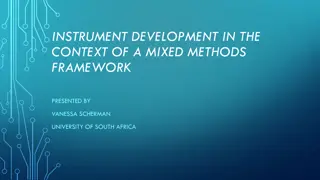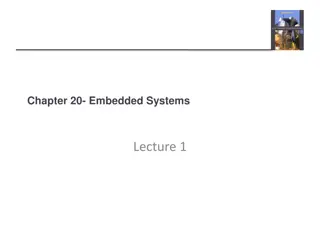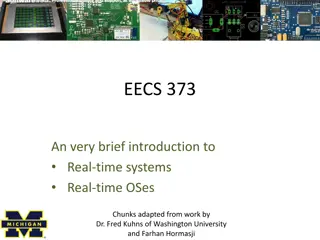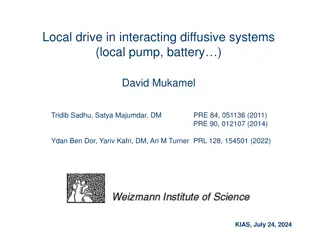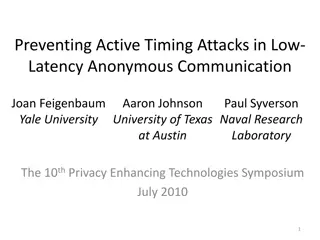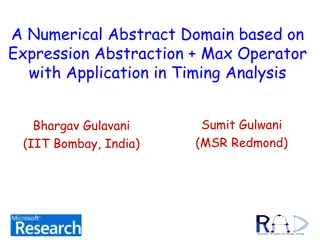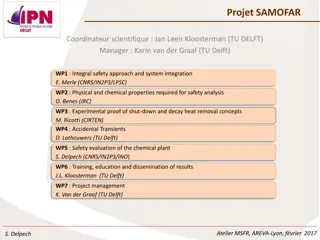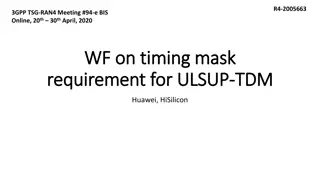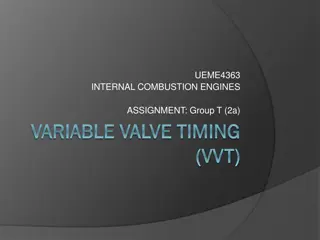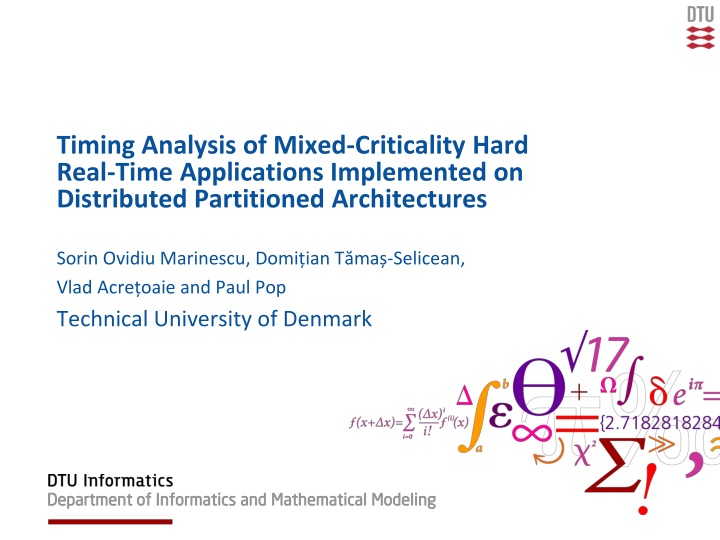
Timing Analysis of Mixed-Criticality Hard Real-Time Applications
Implementation of real-time applications on distributed partitioned architectures, discussing spatial and temporal partitioning schemes, and the problem formulation for determining worst-case response times utilizing fixed-priority preemptive scheduling methods.
Download Presentation

Please find below an Image/Link to download the presentation.
The content on the website is provided AS IS for your information and personal use only. It may not be sold, licensed, or shared on other websites without obtaining consent from the author. If you encounter any issues during the download, it is possible that the publisher has removed the file from their server.
You are allowed to download the files provided on this website for personal or commercial use, subject to the condition that they are used lawfully. All files are the property of their respective owners.
The content on the website is provided AS IS for your information and personal use only. It may not be sold, licensed, or shared on other websites without obtaining consent from the author.
E N D
Presentation Transcript
Timing Analysis of Mixed-Criticality Hard Real-Time Applications Implemented on Distributed Partitioned Architectures Sorin Ovidiu Marinescu, Domi ian T ma -Selicean, Vlad Acre oaie and Paul Pop Technical University of Denmark
Motivation Real time applications implemented using distributed systems Mixed-criticality applications share the same architecture Federated Architecture SIL4 Integrated Architecture SIL1 SIL3 SIL3 SIL2 SIL4 SIL4 SIL1 PE Application A 1 Application A 2 Solution: partitioned architecture Application A 3 2
Motivation Spatial and temporal partitioning scheme similar to IMA Applications run in separate partitions. Each partition can have its own scheduling policy and is allocated several time slots on a processor. Worst-case response time of tasks scheduled in partitions using fixed-priority preemptive scheduling 3
Problem formulation Given A set of mixed-criticality applications A set of N processing elements (PEs) The mappings of tasks to the processing elements (PEs) The assignments of tasks to partitions The size of the Major Frame and of the Application Cycle Determine The worst-case response times of tasks scheduled in partitions using fixed-priority preemptive scheduling Schedulability analysis methods SA used in the timing analysis of APEX applications SA+ - extension of WCDOPS+ 4
Extending WCDOPS+ WCDOPS+ - response time analysis algorithm for fixed priority scheduled tasks disposed in tree shaped transactions. WCDOPS+ was extended to take into account the partitions. The concepts of availability and demand were introduced. 5



